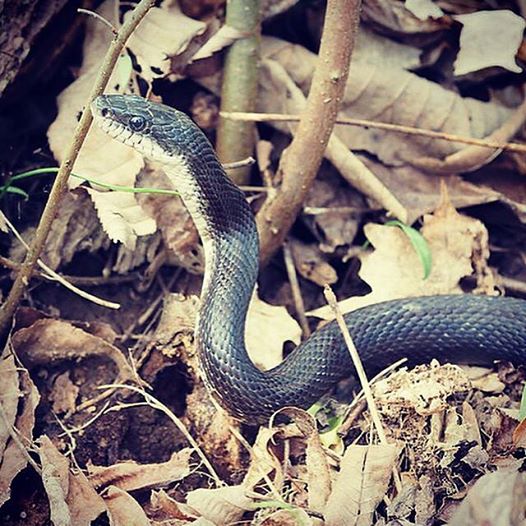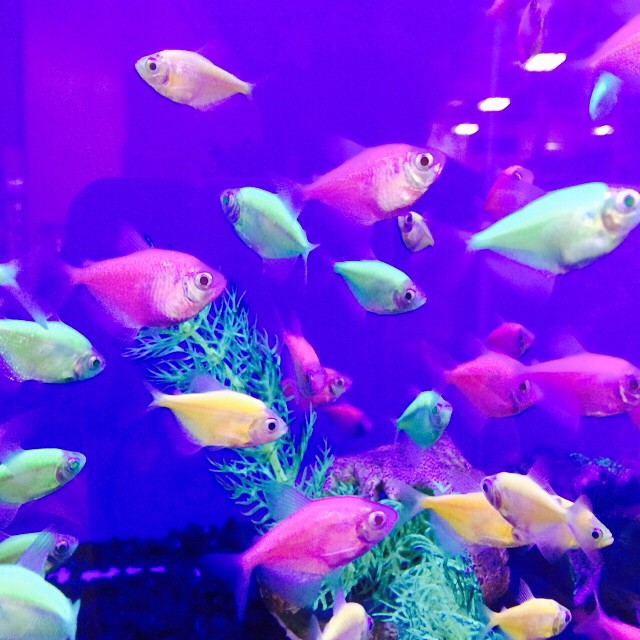Leafcutter ants have one of the most complex and largest animal societies, living in groups of up to 10 million individuals. They may have been the earliest farmers on earth, creating elaborate underground gardens. The colonies can go down 26 feet below the ground, stretching out as much as 260 feet wide. A single nest can have thousands of chambers, some for their young, some for fungus gardens, and some for trash, with ant highways and tunnels connecting them, and ventilation systems to circulate fresh air.
The ants and fungus have lived together so long they depend on each other. The gardening ants harvest leaves and other plant parts at a ferocious pace to mulch and nourish their fungus, carrying up to 110 pounds of plant material in a day, stripping all the leaves off some trees in less than 24 hours. The fungus no longer produces spores, instead providing bundles of nutrients designed specifically for the ants to eat.
Ants carry antibiotics on their bodies that help keep their fungus gardens healthy. Scientists are currently researching these to see if they might provide new drugs for people, given the development of diseases resistant to our current antibiotics. Someday we may owe our health to the remarkable intertwined lives of these ants and their fungus gardens.
The ants and fungus have lived together so long they depend on each other. The gardening ants harvest leaves and other plant parts at a ferocious pace to mulch and nourish their fungus, carrying up to 110 pounds of plant material in a day, stripping all the leaves off some trees in less than 24 hours. The fungus no longer produces spores, instead providing bundles of nutrients designed specifically for the ants to eat.
Ants carry antibiotics on their bodies that help keep their fungus gardens healthy. Scientists are currently researching these to see if they might provide new drugs for people, given the development of diseases resistant to our current antibiotics. Someday we may owe our health to the remarkable intertwined lives of these ants and their fungus gardens.




